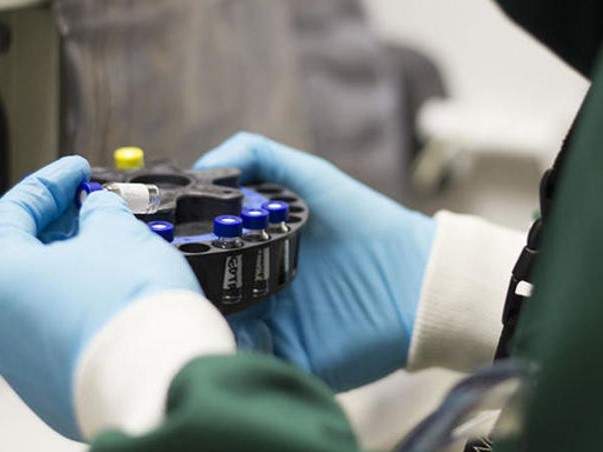
Cancer Research UK has initiated a Phase I clinical trial in alliance with US-based Asterias Biotherapeutics to evaluate immunotherapy vaccine AST-VAC2 for the treatment of non-small cell lung cancer (NSCLC).
AST-VAC2 is made using dendritic cells that trigger the body’s immune system. These cells are grown from a single standardised human embryonic stem cell line.
The dendritic cells are engineered to express a modified form of telomerase protein called hTERT, which is usually found in tumour cells, thereby activating a natural T-cell immune response against the cells carrying antigens.
Under a collaboration agreement, Asterias transferred its cell therapy manufacturing process to Cancer Research UK; the latter’s Biotherapeutics Development Unit devised and qualified the production method in its manufacturing facility.
Cancer Research UK director of drug development Dr Nigel Blackburn said: “This vaccine trial is a pioneering approach to improving treatment for lung cancer, the biggest cause of cancer death worldwide.
“By coupling our expertise with a leading biotechnology company, we’ve accelerated the development of this experimental treatment by years.”

US Tariffs are shifting - will you react or anticipate?
Don’t let policy changes catch you off guard. Stay proactive with real-time data and expert analysis.
By GlobalDataThe Phase I trial is designed to assess the feasibility of the manufacturing process at a clinical scale, as well as the vaccine’s safety and effectiveness.
During the study, investigators will analyse patient blood samples obtained during different time points to test if the subject’s immune system is capable of an immune response against hTERT.
Chief investigator of the trial and Southampton Experimental Cancer Medicines Centre head Christian Ottensmeier said: “Vaccines that boost the immune system to recognise and fight cancer could become a routine part of treatment for certain patients in the future, but we need to make them cheaper and easier to produce.
“With its potential to be used off-the-shelf, AST-VAC2 is an exciting development in the rapidly evolving field of immunotherapy.”
If AST-VAC2 demonstrates a positive safety and effectiveness profile, it is hoped it will become available as an additional treatment for patients who are no longer in advanced stage lung cancer but are at high risk of recurrence.
It can also be used in combination with other therapies for patients with advanced disease.



